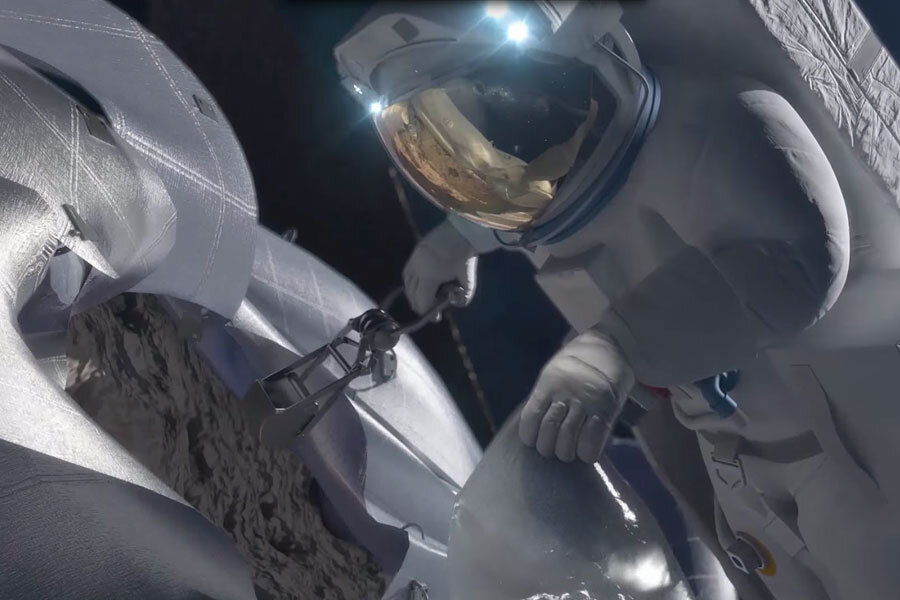Is bagging an asteroid the best way to get to Mars?
Loading...
What's the best way to get to Mars?
Scientists generally agree that spending more time with asteroids will aid in the more-distant plan to set foot on Mars. To this end, NASA's Asteroid Redirect Mission involves picking an asteroid, or a piece of one, and redirecting it into the moon's orbit, so that astronauts can investigate the mass and bring back samples. But one MIT professor is questioning the notion of bringing an asteroid to astronauts, instead of the other way around.
According to planetary scientist Richard Binzel, the asteroid retrieval plan will cost billions of dollars and provide scientists with, at most, one rock, an argument that he outlines in a commentary published this week in the journal Nature.
"Simple orbital physics tells you that you don't need to retrieve," Binzel told the Monitor. "There are natural objects there."
Those natural objects are indeed the same asteroids that NASA's scientists are looking at in their search for ARM candidates. The only problem, says Binzel, is that scientists don't have the comprehensive survey data that would describe the number and locations of all these asteroids.
So if NASA instead focused its attention on completing an extensive asteroid survey, Binzel says that out of the millions of near-Earth asteroids, there could be thousands of options accessible to astronauts. And this number might include a few asteroids large enough for astronauts to use as "practice" for going to Mars or its larger moon, Phobos.
"Those thousands of destinations are far more inspiring than a rock in a baggie," says Binzel.
Binzel says that, although he is not afraid to criticize the ARM program, his purpose is not necessarily to attack the NASA proposal but rather to provide a more beneficial and interesting alternative. Performing an asteroid survey would not only provide scientists with a detailed catologue of asteroids available to them, it would also accomplish the task of finding any hazardous objects.
"There's a synergy between the needs of human space flight and the greater good of civilization understanding the nature of any possible asteroid threat," Binzel says.
The George E. Brown, Jr. Near-Earth Object Survey Act, which calls for a survey of near-Earth asteroids and comets at least 100 meters in diameter, was introduced to Congress in 2005. An impasse between the space agency and the White House over funding, however, has resulted in failure to carry out the survey.
Binzel suggests that NASA, in addition to completing a survey, launch a competition to find the best robotic methods for asteroid deflection and resource extraction. These projects, Binzel argues, would be much more cost-effective than ARM and would put the nation's space agency on the right path to Mars.
"There's a win-win scenario here," says Binzel.






